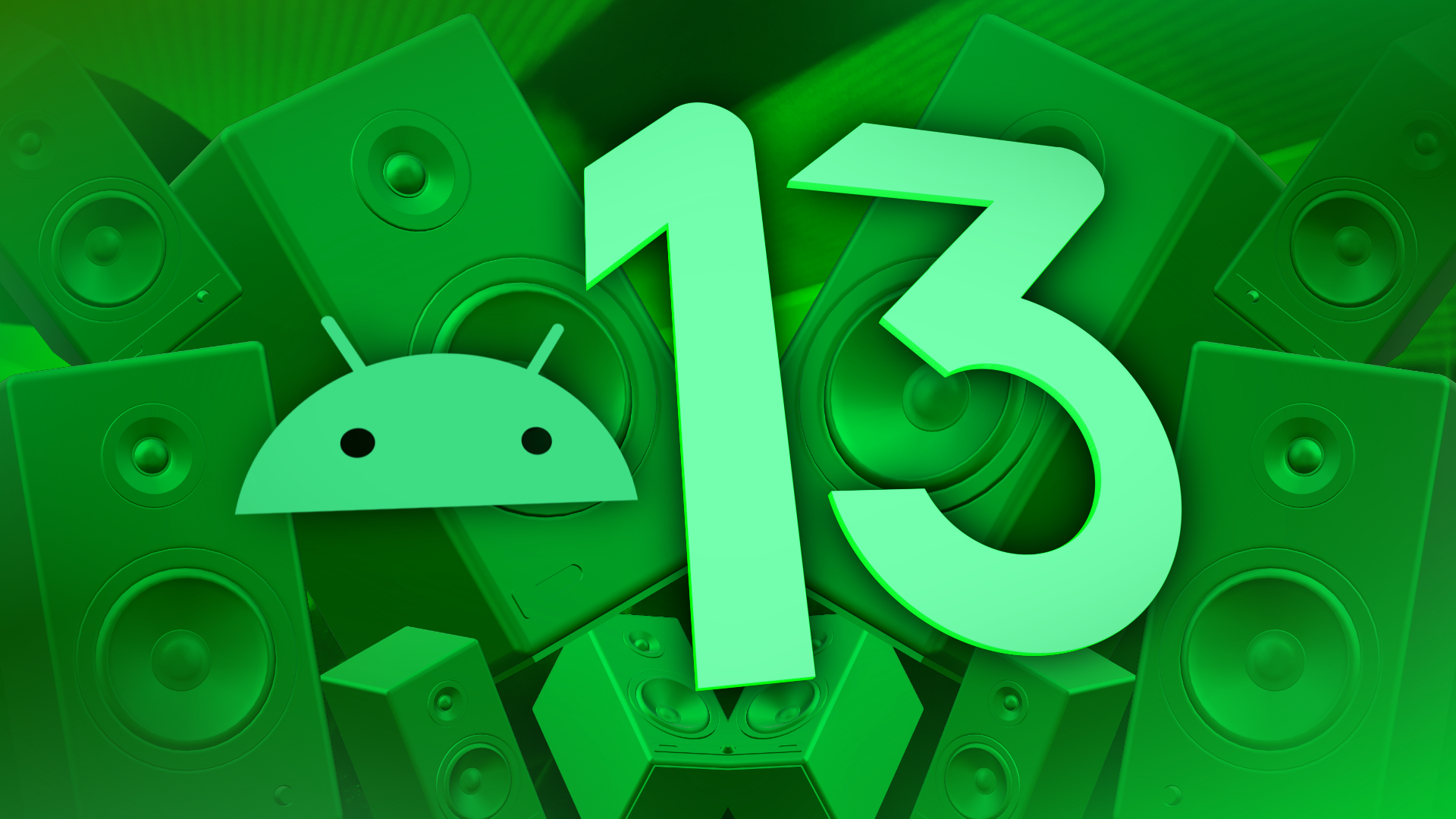Among other recently spotted changes including some QR code scanning functionality and a media tranfer feature, Android 13 is also rolling out at least a few UI tweaks. After all, what would an Android release be without them? The changes we’re about to show are likely a work-in-progress and merely a glimpse at the direction things will head in, but Google appears to be giving the output picker menu a new look in Android 13.
If “output picker” is not a term you’re familiar with, you’re forgiven, but you probably know the feature as it’s integrated with the newish media controls that landed in Android 11. It’s the button on the top right that states which device is currently playing media, loaded with things like cast devices, Bluetooth buds, and speakers. That output picker debuted in Android 10 and also got a redesign in Android 11, though many of you may not have known it existed before then. It even got a few tweaks in Android 12 on Pixels — just bringing it up from the bottom of the screen and padding it out a bit.
But on Android 13, it looks like Google’s getting ready to give it a more substantial coat of paint.
Left and Middle: New output picker in Android 13. Right: “Old” picker in Android 12 on a Pixel.
According to our source, the feature still works in the same way even though you might notice the button for it is gone in the media controls in these screenshots (we can’t tell if that’s a bug or a minor change in behavior). But I’m assured the button is still there before it’s open, and it can be accessed from Settings, as demonstrated.
Visually, the old volume sliders are gone, replaced by newer, fatter ones that encapsulate the full device name. Disconnected devices are grayed out rather than just marked as “(disconnected).” The round icons for each device are gone, and instead, they’re inset without a border before the name inside the slider. The currently selected output device also gets a checkmark — previously, the current device simply inherited the volume slider, so this makes the active device more immediately clear.
Other styling differences like the square corners and smaller fonts could simply be a result of how early this build is or other peculiarities, and I wouldn’t read into them too far just yet.
Arguably, the menu didn’t need a redesign, but this new version is cleaner and clearer, with a fatter volume slider more reminiscent of changes in Android 12 for better consistency and a handful of other tweaks that just make it easier to understand at a glance. Though, keep in mind, this could still change before release.

